Autism sensory-friendly energy-efficient lighting
Lighting Solutions for Autism: Balancing Sensory Needs with Energy Efficiency
Understanding the Impact of Lighting on Autism
Lighting plays a crucial role in shaping environments that accommodate the unique sensory needs of individuals with autism. In recent years, developments in energy-efficient lighting technologies, particularly LED and smart lighting solutions, have offered healthcare providers, architects, and families new pathways to create supportive, soothing spaces. This article delves into the interplay between lighting and sensory sensitivity in autism, exploring how thoughtful lighting design can enhance comfort and well-being while promoting energy efficiency.
The Influence of Lighting on Autism and Sensory Sensitivities
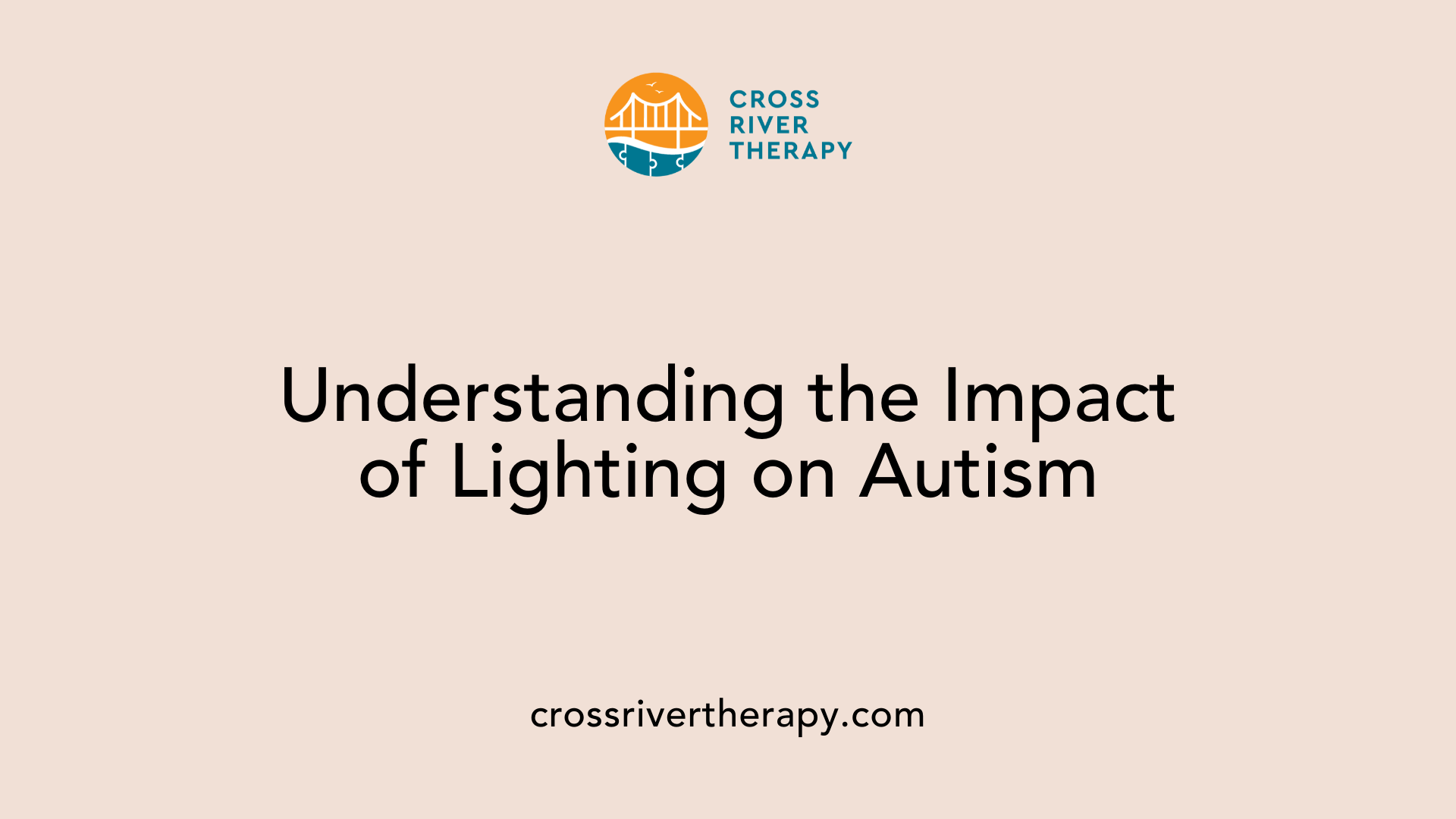
How does lighting affect individuals with autism and sensory sensitivities?
Lighting plays a crucial role in the lives of individuals with autism, particularly those with sensory sensitivities. It can directly affect mood, behavior, and overall quality of life. For example, soft colors like blue are known to foster relaxation and creativity, whereas harsh or flickering lights may provoke discomfort, confusion, and even meltdowns.
Natural light is especially beneficial, as it helps regulate circadian rhythms and can mitigate symptoms of seasonal affective disorder. This regulation is vital as disturbances in sleep patterns can exacerbate depression and behavioral issues in this population. Additionally, adjustable lighting solutions such as LED lights allow for flexibility in light intensity and color, catering to varying sensory responses among individuals with autism.
Creating sensory-friendly spaces, particularly in educational settings, with controlled lighting can enhance focus and comfort. Implementing smart lighting systems can aid in monitoring and adjusting brightness according to specific needs, aiming to prevent sensory overload.
Emotional and behavioral effects of lighting
The emotional response to different lighting conditions can vary significantly among individuals with autism. Soft, consistent illumination tends to create a calming atmosphere, promoting emotional stability. In contrast, bright or flickering lights can lead to anxiety and overstimulation, affecting one’s ability to concentrate and engage socially.
Furthermore, environments with energy-efficient LED lights not only reduce energy costs but also provide a soothing visual experience conducive to well-being. By minimizing glare and flickering—a well-documented trigger for sensory overload—these lighting options can improve overall behavioral outcomes. Having the right lighting solutions in place can significantly enhance comfort, reduce anxiety, and create supportive environments for individuals on the autism spectrum.
Advantages of Energy-Efficient Lighting for Autism
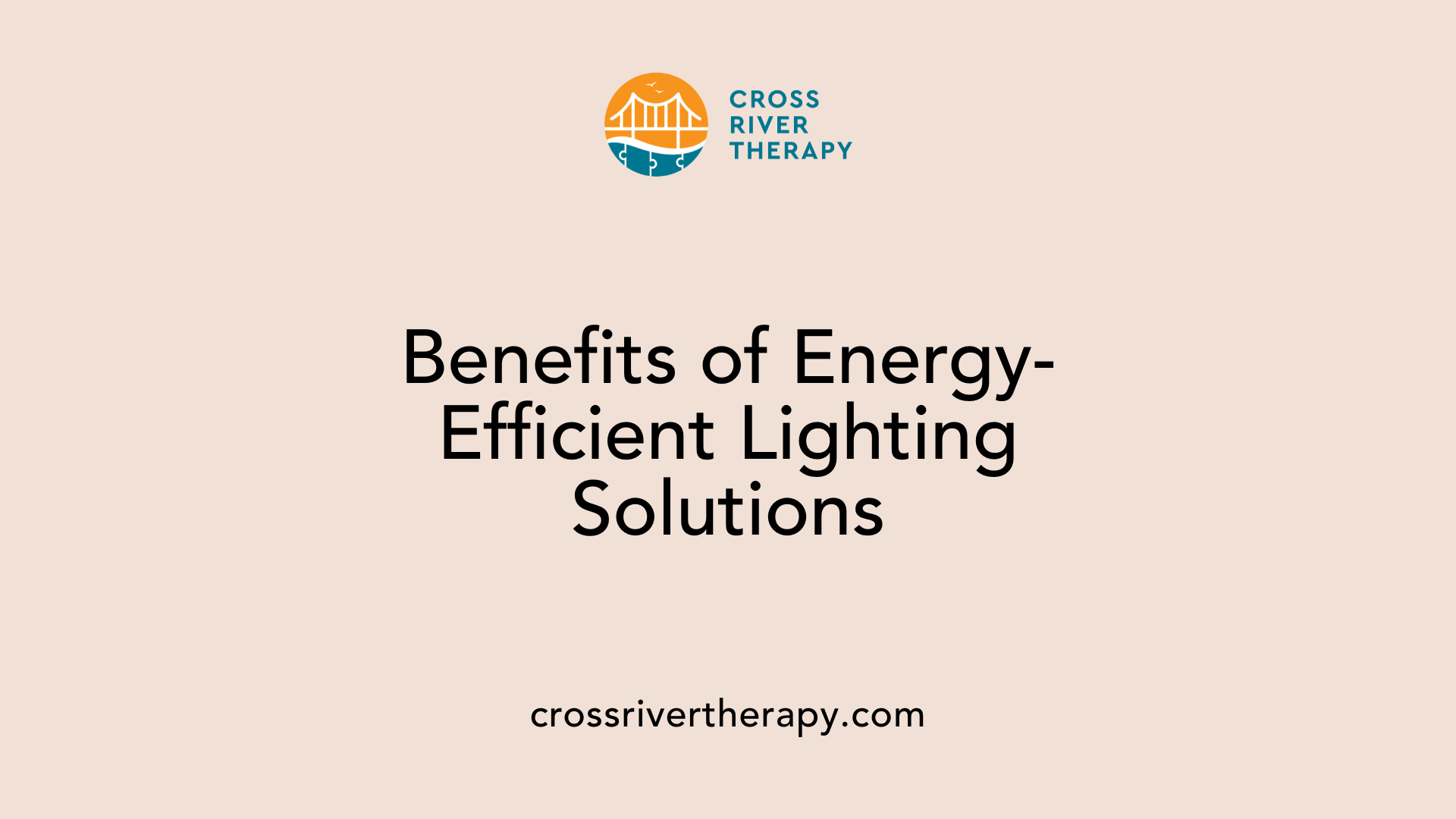
What are the benefits of energy-efficient lighting solutions for individuals with autism?
Energy-efficient lighting solutions, such as LED and smart lighting, offer significant benefits for individuals with autism by creating supportive and sensory-friendly environments. These lighting options provide stable, flicker-free illumination that helps reduce sensory overload, thereby enhancing focus and mood.
Key Features of Energy-Efficient Lighting:
- Flicker-Free Illumination: Unlike traditional fluorescent lights, energy-efficient LEDs do not flicker, which can minimize discomfort for individuals with heightened sensitivities.
- Customizable Settings: Smart lighting systems enable users to adjust brightness and color temperature according to personal preferences, helping to foster a sense of control and comfort.
- Natural Light Simulators: These devices mimic the variations of natural sunlight throughout the day, promoting circadian rhythms that can enhance mood and support emotional stability.
Furthermore, the use of these advanced lighting technologies can contribute to significant energy savings for families, allowing them to allocate resources towards other essential services. For example, families can reduce annual utility costs by around 50%, creating an opportunity to invest in autism-related services such as therapy or educational support.
Reduced sensory overload with energy-efficient lighting
Creating a soothing environment for individuals with autism is crucial. Energy-efficient lighting not only offers softer, more consistent light but also contributes to a calming atmosphere. LEDs can be equipped with dimmer switches, allowing families to adjust the lighting intensity to mitigate harshness and glare, which are often triggers for anxiety.
In summary, implementing energy-efficient lighting solutions brings dual benefits: fostering an autism-friendly environment and realizing tangible savings, all while helping to enhance overall well-being for individuals on the spectrum.
Practical Strategies for Sensory-Friendly Living Spaces
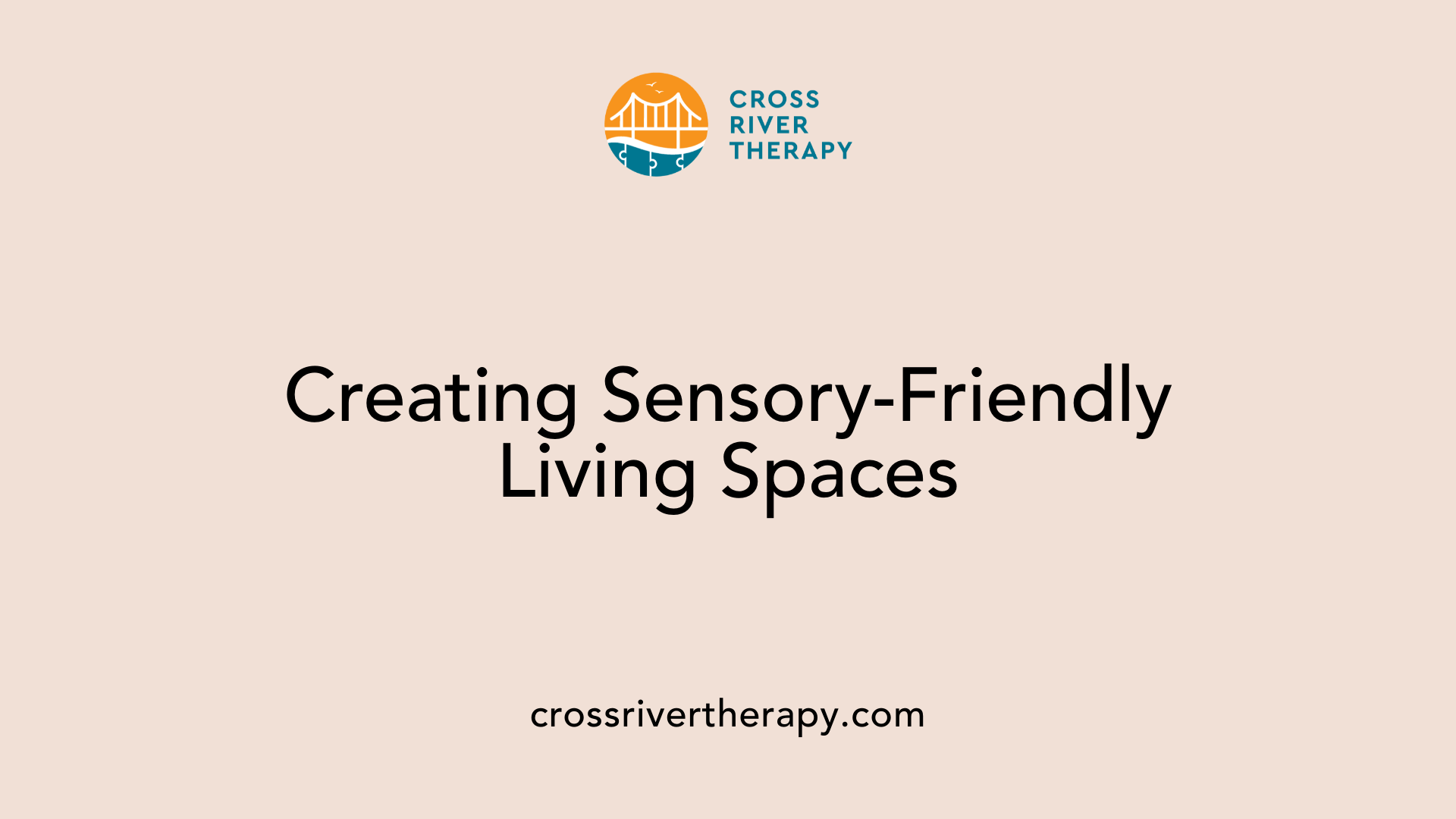
What are some practical strategies for improving living spaces to meet sensory needs of individuals with autism?
To enhance living spaces for individuals with autism, incorporating sensory lighting solutions is essential. This can include the use of lamps, projectors, and light panels which not only provide illumination but can also positively influence mood and wellbeing.
- Bubble Tubes: These feature LED lights that create a soothing visual effect through moving bubbles, helping to calm anxiety and providing a sensory experience.
- Light Projectors: Such devices can cast dynamic visuals on walls, promoting engagement and learning while creating an interactive atmosphere.
- Adjustable Light Panels: These versatile tools can change color and brightness, allowing individuals to tailor their environment to their sensory preferences. This adaptability is vital for reducing overstimulation.
- L.E.D. Light Strips: Emitting soft colors, they help create peaceful ambiances and can be placed strategically around the room to reduce harsh lighting.
- Motorized Shades: These can control natural light exposure, minimizing glare and enhancing comfort for those sensitive to lighting changes.
Implementing these sensory lighting strategies can significantly enhance the well-being and development of individuals with autism, fostering a calming environment that substantially reduces stress and sensory overload.
Designing Sensory-Friendly Environments with Energy-Efficient Lighting
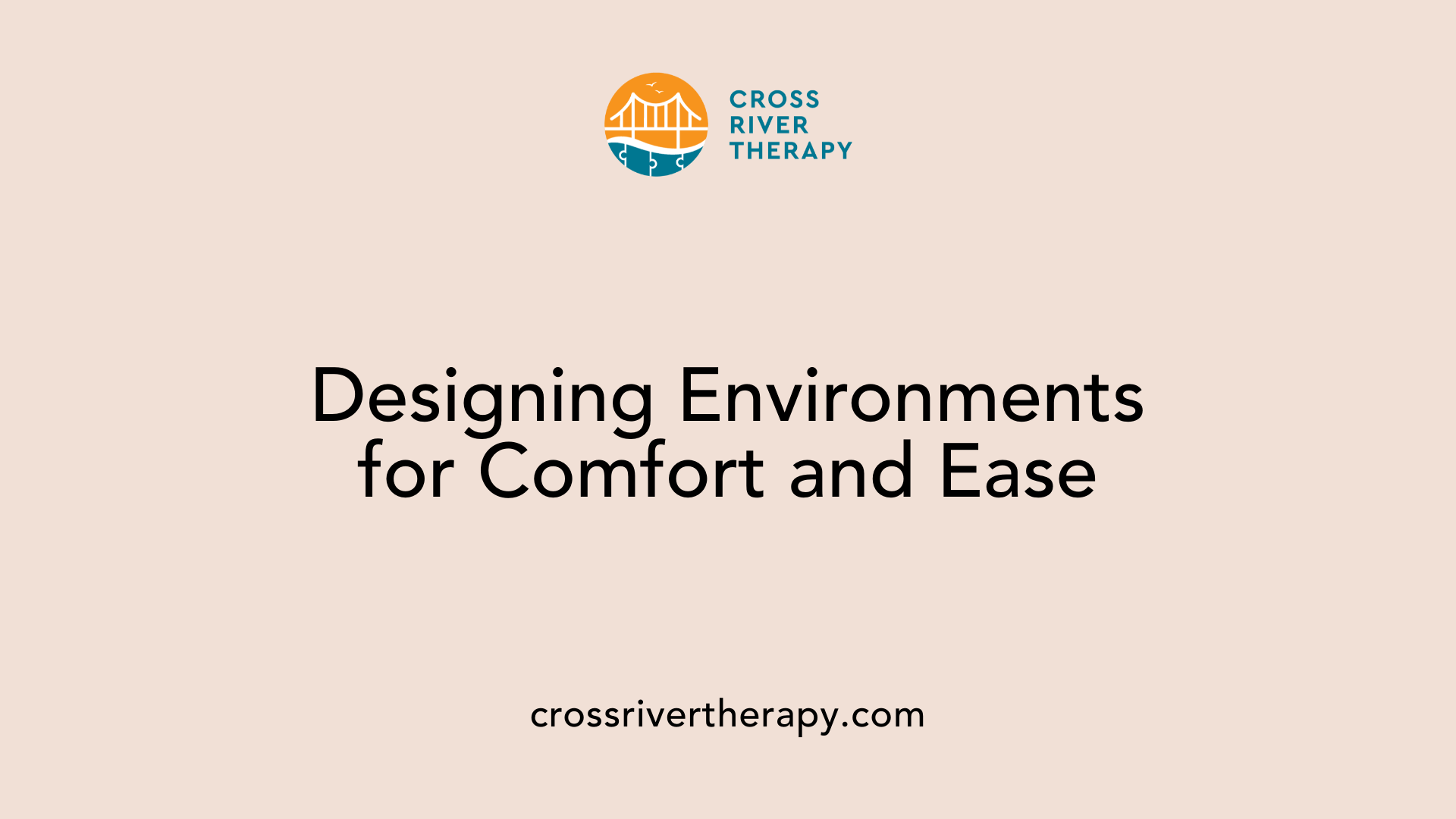
How can sensory-friendly environments be designed using energy-efficient lighting technologies?
Designing sensory-friendly environments using energy-efficient lighting technologies involves a focus on adjustable and customizable lighting features that cater specifically to the needs of individuals with autism. LED lighting stands out as a prime option due to its consistent brightness, absence of flicker, and versatility in adjusting color temperature. This functionality helps in minimizing sensory overload while enhancing overall comfort.
The implementation of smart lighting systems, such as those featuring dimmer switches and customizable color temperature settings, allows for tailored environments. For instance, dimmed soft lighting can create a calming atmosphere, ideal for relaxation, while brighter settings can be programmed for tasks requiring focus.
Incorporating natural light simulators that mimic the variations of sunlight supports circadian rhythms, which is crucial for emotional well-being. Soft, dynamic lighting transitions can reduce overstimulation and enhance positive emotional responses, making the environment more accommodating.
Additionally, the use of calming color palettes, such as gentle blues and greens, can be very effective in creating a peaceful ambiance. This is especially beneficial in spaces where individuals may feel overwhelmed. By personalizing lighting solutions to meet specific sensory preferences, designers can play a vital role in fostering engagement and emotional stability for individuals with autism.
Selecting the Right Colors for Autism-Friendly Spaces
Which light colors are calming for individuals with autism?
Calm colors for individuals with autism include soft greens, blues, light pinks, and muted oranges. These hues can create a comforting atmosphere, making them ideal for lighting in homes and educational environments.
Neutral paint colors, such as Wheat Sheaf (PPG 14-21) and Fishermen's Net (PPG 14-25), are especially beneficial as they help reduce visual stimulation. Bright colors, like reds and yellows, are known to be overly stimulating and should be avoided in spaces designed for those who may be sensitive to color intensity.
Children with autism often see colors more vividly, so opting for muted tones is crucial to minimize distractions and promote a serene environment. Maintaining a calming atmosphere through carefully selected color palettes can significantly support the well-being of individuals with autism.
Incorporating Smart Lighting Systems
Smart lighting benefits for sensory control
Smart lighting systems are becoming essential in creating supportive environments for individuals with autism. These systems allow for precise control over lighting conditions, which is especially beneficial for managing sensory sensitivities. By enabling adjustments in brightness and color temperature, these smart solutions effectively cater to individual preferences, promoting a calming atmosphere that helps reduce anxiety and overwhelm.
Customized lighting experiences
The adaptability of smart lighting extends to automatically changing environments based on time of day or activity. For instance, softer, dimmer hues can be programmed for relaxation in the evenings, while brighter, natural tones can be emitted during the day to enhance mood and focus. By mimicking natural light patterns, these technologies contribute positively to emotional stability and overall well-being.
Furthermore, the ability to integrate with other smart home features, such as thermostats and noise-reduction technologies, ensures a comprehensive approach to creating a sensory-friendly home. This level of customization empowers families to craft environments that truly accommodate the diverse needs of individuals with autism, markedly improving their quality of life.
Energy Solutions Beyond Lighting
Impact of energy-efficient homes on autism comfort
Energy-efficient homes significantly enhance comfort for individuals with autism by ensuring stable indoor temperatures. Proper insulation minimizes temperature fluctuations that may trigger sensory sensitivities. Using Energy Star appliances, which consume less electricity and reduce noise, contributes to a more peaceful living environment. Overall, these solutions not only diminish sensory disruptions but also create a calming atmosphere, aiding in emotional stability and comfort for individuals with autism.
Reducing sensory disruptions with smart technology
Smart technologies offer innovative ways to tailor living spaces to the unique sensory needs of individuals with autism. Smart thermostats regulate heating and cooling based on occupancy, helping maintain a comfortable environment. Additionally, customizable lighting systems allow users to adjust brightness and color temperature, accommodating specific sensory preferences. This ability to control environmental factors through technology decreases anxiety and fosters an environment conducive to focus and engagement.
Guidance for Architects and Designers
Design Principles for Autism-Friendly Lighting
Creating environments that suit individuals with autism necessitates specific design principles focused on lighting. Soft, diffused light sources must be prioritized to minimize glare and reduce sensory overload. LED lighting is a popular choice, as it offers customization options for brightness and color temperature without flickering. Additionally, smart lighting solutions can also adjust to replicate natural daylight, which supports circadian rhythms and can help enhance focus and mood.
Incorporating adjustable lighting controls, such as dimmer switches, allows families to manage the intensity of light, accommodating individual sensitivities and preferences. Furthermore, employing calming color palettes—favoring blues and greens—is essential since colors can greatly influence mood and comfort levels for those on the spectrum.
Collaboration with Experts for Optimized Environments
Collaboration with autism specialists, therapists, and architects is crucial for developing and refining autism-friendly spaces. By integrating expert insights, designers can enhance the understanding of sensory sensitivities related to lighting. Continuous dialogue with service providers ensures that tangible solutions are implemented and that evolving needs are addressed. This cooperative effort leads to improved standards and adaptations, creating spaces that genuinely support the well-being of individuals with autism.
In developing new guidelines, findings from reports like "It's Not Rocket Science" highlight the necessity of replacing fluorescent lighting with superior alternatives for environments that support individuals with autism with sensory sensitivities.
A Cost-Effective Approach to Autism Care
Financial benefits of energy efficiency
Energy-efficient technologies play a significant role in making autism care more affordable. Implementing energy-efficient lighting systems, particularly LED options, can lead to reductions in energy consumption by up to 75% compared to traditional incandescent bulbs. This decrease directly impacts utility costs, allowing families to save between $100 to $150 annually, which can be redirected towards essential services like therapy and education.
Reducing costs with sustainable design
Incorporating sustainable design elements, such as proper insulation and energy-efficient appliances, further enhances savings for families. Smart appliances not only reduce energy usage but also minimize noise levels, creating a quieter and more comfortable environment for individuals with autism. Additionally, adopting smart home technologies, like automated lighting and temperature control, supports the creation of customized living spaces that cater to individual sensory needs, ultimately reducing stress and improving overall well-being.
Educating Stakeholders on Lighting's Role in Autism Care
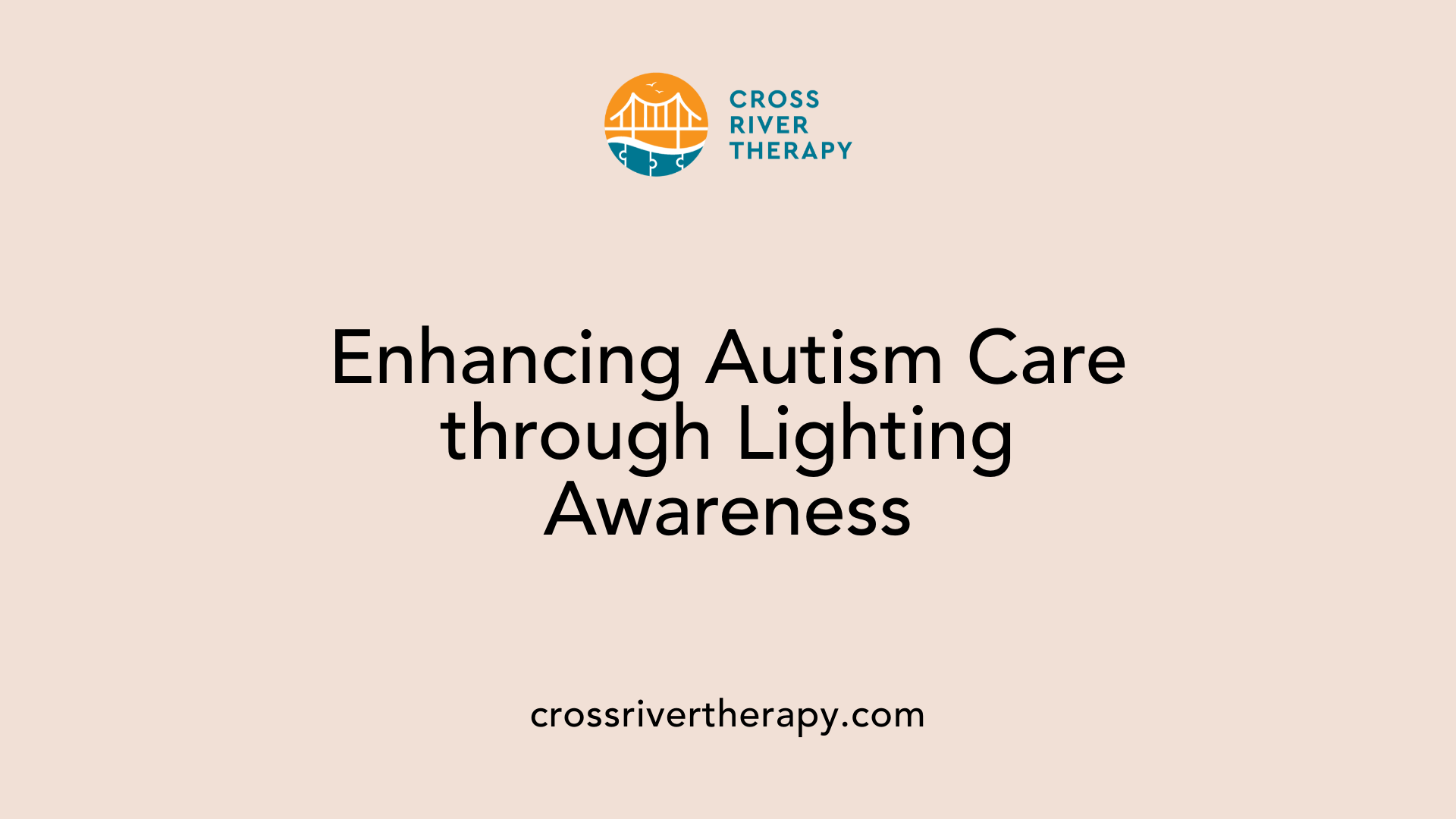
Importance of Autism Awareness in Lighting Design
Creating environments sensitive to the needs of individuals with autism starts at the design phase. Awareness of sensory sensitivities to light can influence lighting choices in schools, homes, and healthcare facilities. Professionals must understand that bright, flickering lights often increase anxiety and discomfort for many on the spectrum. This understanding promotes the use of soft, adjustable LED lighting and natural light simulators, which cater to individual preferences.
Training Programs for Healthcare and Architectural Professionals
Customized training programs can equip healthcare and architectural professionals with the knowledge to implement autism-friendly lighting solutions effectively. Workshops can focus on the benefits of energy-efficient lighting, noise reduction, and optimal lighting placement. These programs promote awareness of how lighting affects mood, communication, and overall comfort, ultimately enhancing the quality of care for individuals with autism. By fostering collaborative efforts among stakeholders, we can ensure that lighting design prioritizes the well-being of those on the autism spectrum.
Bringing Sensory-Friendly, Energy-Efficient Lighting to Life
As we advance in our understanding of autism and sensory sensitivities, the importance of creating environments that cater to these unique needs cannot be overstated. Lighting, a fundamental component of any environment, has emerged as a key area where thoughtful design can make a substantial difference. Through the use of energy-efficient and customizable lighting technologies, families, architects, and healthcare settings can create spaces that not only soothe and support individuals with autism but also reduce energy costs and environmental impact. The continued exploration and adoption of these strategies will pave the way for more inclusive, comfortable, and sustainable living spaces.



